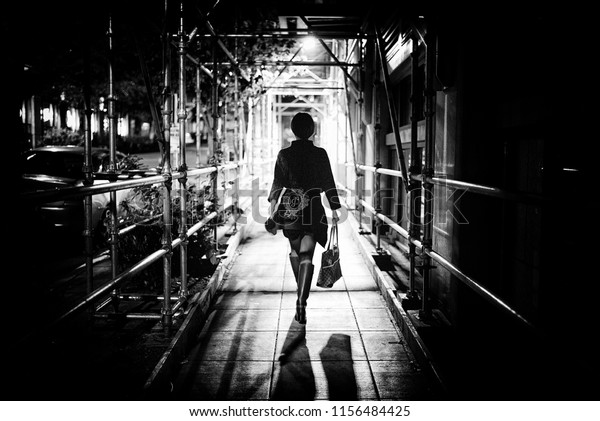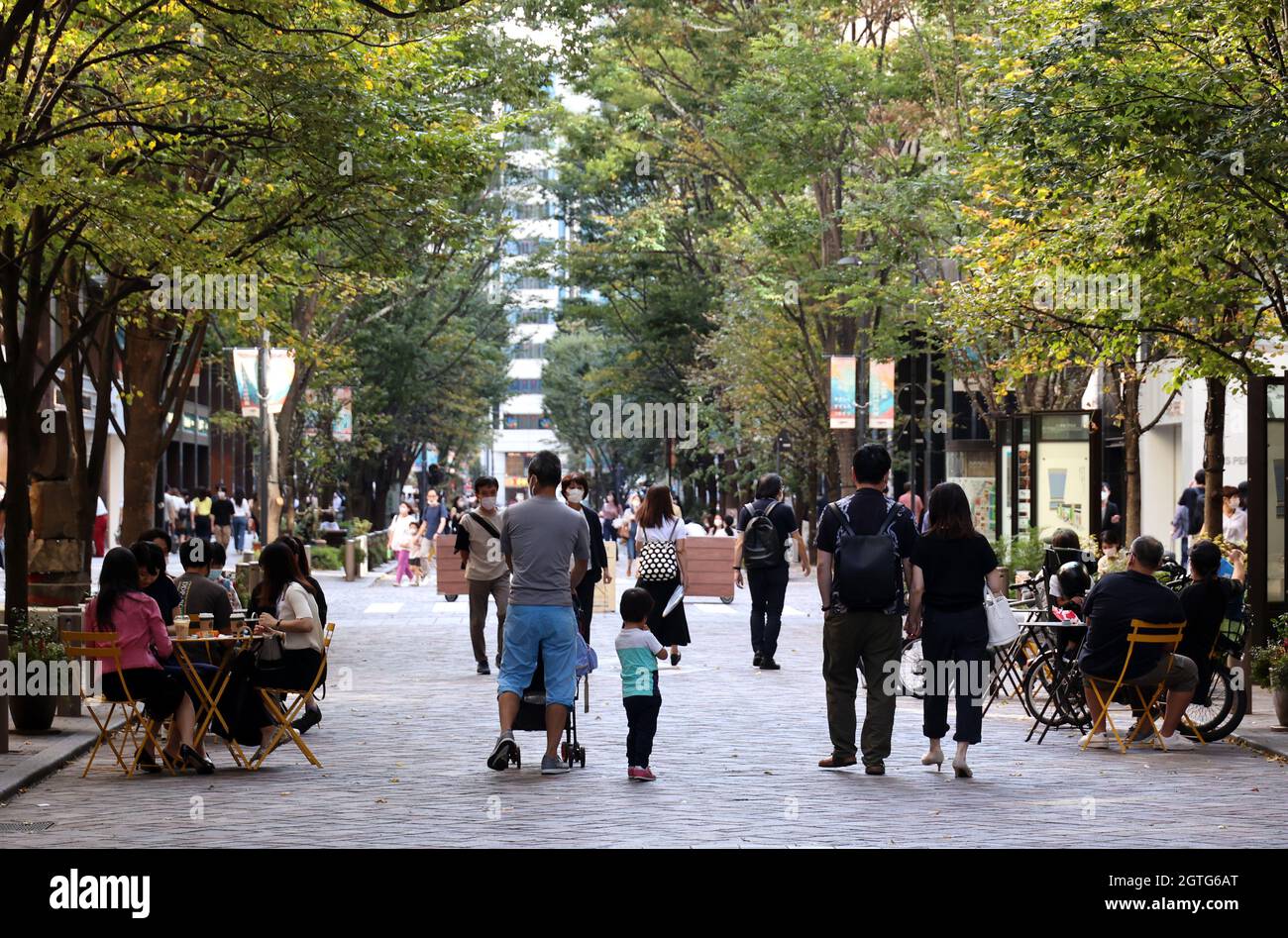

“Try to imagine: One hundred kilometers from Kiev, you can look at a wide range of predators, bird of prey, wild boar, roe deer, moose,” says Paskevych, explaining this appeal for the stalkers.īut the Zone’s wildness can also mean danger. Scientists have discovered mutations in species, but to put it in crude terms, the upside of the absence of humans has far outweighed the downside of radiation for some creatures. The mass exodus of humans after the accident has been a boon to many species, and the Zone has become an unlikely animal refuge.

Many stalkers swoon over a kind of natural setting they’ve never seen before. (Several sources report that the machinery dumps are dwindling in size: Scrap metal is a valuable thing in a broken economy, and the government is rumored to be selling it to China.) Finding them is part of the “adventure.” GPS and dosimeters help. These are among the most contaminated locations and are often unmarked and unmapped because the government did not keep records.

Indeed, many stalkers seek out these spots where Soviet cleanup machinery (“machinery cemeteries”) was piled or buried after the accident. “For stalkers, it is a unique place where you can find old production facilities and lost military machines,” says Sergiy Paskevych, an ecological expert and head of radiation safety in the Exclusion Zone. Twelve-foot-long catfish swim in its long-defunct cooling pond. 4, which sits cracked and rusted and wafting radioactive dust. From the top of a high-rise, one can see “the sarcophagus,” 3 kilometers in the distance, covering Reactor No. Wild boar snuffle through rusted playgrounds, and kindergarten napping areas are scattered with wide-eyed, broken dolls, thick with radioactive dust. Pripyat is full of still-lifes a table set for dinner, a Ferris wheel squeaking in an elegiac, fruitless wait for children. Today, the bleak radioactive ghost town’s abandoned apartment buildings slowly fall apart and pay quiet homage to the nearly 50,000 people who fled. Just 3 kilometers from the reactor is the plant’s company town, called Pripyat. 4, with 200 tons of lavalike nuclear material underneath. Nearly three decades later, the Zone remains among the most contaminated places on Earth, and at its center is the ongoing hazard of Reactor No. Shortly after the accident, the Soviets declared a 1,000-square-kilometer Exclusion Zone uninhabitable, and mass evacuations began to take place.


 0 kommentar(er)
0 kommentar(er)
